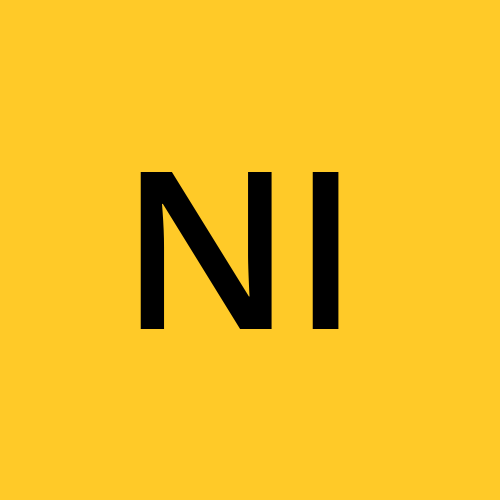10 Startup Lessons: A CTO's Perspective on Building Successful Tech Companies
 Nikhil
Nikhil
- Cash is King
As CTOs, we often focus on building great products, but understanding cash flow is crucial for our role.
Example: At my previous startup, we prioritized projects that could generate immediate revenue, like custom integrations for enterprise clients. This approach funded our long-term product development without relying solely on investor capital.
Key Takeaway: Align your tech roadmap with financial goals. Prioritize features that can quickly translate to revenue or cost savings.
- Distribution Distribution & Distribution
Your amazing product means nothing if users can't find it. As CTOs, we play a vital role in distribution.
Example: We integrated our project management tool with popular platforms like Slack and Microsoft Teams. This significantly increased our user acquisition without heavy marketing spend.
Key Takeaway: Build with distribution in mind. Design APIs, integrations, and features that make your product easily shareable and discoverable.
- ReUse > Buy > Build
The "Not Invented Here" syndrome is real in tech. Learn when to build and when to buy or integrate.
Example: Instead of building our own authentication system, we used Auth0. This saved us months of development time and improved our security posture.
Key Takeaway: Focus your innovation on your core product differentiators. For everything else, leverage existing tools and open-source solutions.
- Diversity is not a gimmick
Diversity in your tech team isn't just about demographics; it's about diverse skills and perspectives.
Example: We hired a UX specialist with a psychology background. Her insights dramatically improved our user retention rates by making our complex data visualization tools more intuitive.
Key Takeaway: Look beyond traditional engineering profiles. Seek team members who bring unique skills that complement your core tech stack.
- Service-First Approach in Tech
Starting with services can provide valuable insights and revenue before committing to a product.
Example: We began by offering AI consulting. This helped us understand client needs deeply, which informed the development of our AI SaaS platform.
Key Takeaway: Use service engagements to validate your market and gather requirements. Design your initial architecture to easily transition from services to a scalable product.
- B2B > B2C
B2B models often provide more stable revenue and clearer product requirements.
Example: By focusing on B2B, we were able to secure long-term contracts that funded our R&D. Enterprise clients also pushed us to develop robust features like advanced access controls and audit logs.
Key Takeaway: Consider starting with a B2B focus. It often leads to more predictable growth and pushes you to build enterprise-grade solutions from the start.
- Speed is a superpower in startups
Move fast, but make sure you're moving in the right direction.
Example: We used feature flags extensively, allowing us to test new features with a subset of users before full rollout. This helped us iterate quickly without risking our entire user base.
Key Takeaway: Implement CI/CD pipelines and feature toggle systems. They allow for rapid, safe iterations and easy rollbacks if needed.
- Tech & Business are 2 faces of the same coin
Your tech decisions should reflect and support the company's overall mission and values.
Example: Our company valued transparency, so we built comprehensive analytics dashboards for our clients, exposing even metrics that didn't always paint us in the best light. This honesty built trust and long-term relationships.
Key Takeaway: Regularly sync with other C-level executives to ensure your tech strategy aligns with and enhances the company's core values and mission.
- Finding your unique niche
In a crowded market, your technology can be your differentiator.
Example: We focused on high quality and speed as our strenghts, setting us apart from other softwares. This became our main selling point and brand identifier.
Key Takeaway: Identify technological USPs that solve real user problems in unique ways. Make these the cornerstone of your brand identity.
- Be visionary yet remain myopic
Building a startup is a marathon, not a sprint. Plan for the long haul.
Example: We chose serverless wherever possible from day one. While it was an overhead initially, it allowed us to scale rapidly and add new services easily as we grew.
Key Takeaway: Make architectural decisions that support long-term growth. Balance the need for quick wins with building a robust, scalable foundation.
Conclusion: As CTOs, our role extends far beyond coding and architecture. We're key players in shaping business strategy, product direction, and company culture. By remembering these lessons, we can contribute more effectively to our startups' success and growth.
Remember, every startup journey is unique. Use these lessons as guidelines, but always be ready to adapt to your specific circumstances and challenges.
Subscribe to my newsletter
Read articles from Nikhil directly inside your inbox. Subscribe to the newsletter, and don't miss out.
Written by
